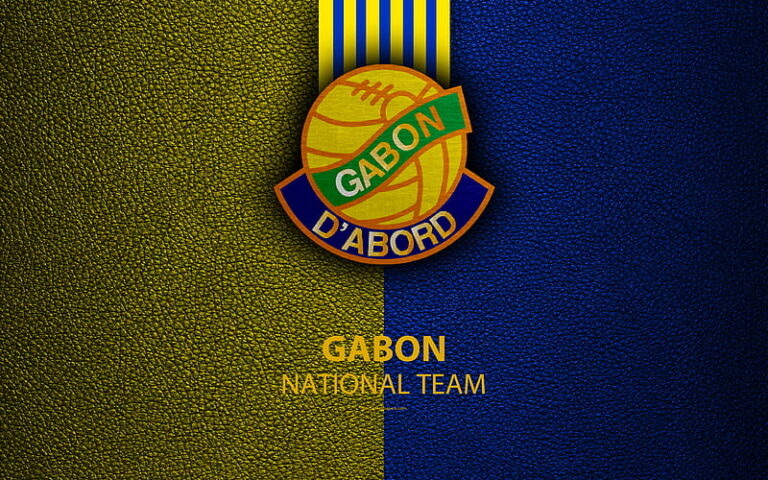
Barcelona Club
The Barcelona Club has become synonymous with football excellence, passion, and a strong sense of identity that transcends mere sport. From its modest beginnings in the late 19th century to its status as one of the world’s premier football clubs, the journey of the Barcelona Club is not just about victories on the pitch; it’s a narrative woven through the cultural fabric of Catalonia and beyond nhà cái 8KBET.
History of Barcelona Club
To understand the significance of the Barcelona Club, one must delve into its rich tapestry of history. Founded in 1899 by a group of Swiss, Catalan, German, and English football enthusiasts led by Joan Gamper, the club began its journey in the heart of Barcelona, driven by a vision to create a platform for sports enthusiasts in the region.
Early Years and Formation
In the formative years of the Barcelona Club, the team faced numerous challenges, including limited resources and a lack of widespread popularity. The first official match was played in 1899 against a team from the University of Barcelona, setting the stage for what would become a fierce and enduring legacy.
The early 1900s saw the emergence of rivalries, particularly with Espanyol, which laid the groundwork for the intense local competition that characterizes Spanish football today. In 1910, FC Barcelona moved to its first dedicated stadium, the Camp de la Indústria, which allowed the club to host larger crowds and refine its identity as a serious contender in regional competitions.
Golden Era of the 1920s
The late 1920s marked a significant turning point for the Barcelona Club. Under the presidency of Josep Sunyol, the club initiated a series of reforms and investments that elevated its status. The signing of star players such as Paulino Alcántara and the introduction of the famous club colors – blue and garnet – solidified its brand identity.
During this period, Barcelona won its first Spanish championship in 1929, announcing its arrival on the national stage. The influence of regional politics also began to shape the club’s identity, as it became a symbol of Catalan pride amid the rising tensions of the Spanish state.
Political Struggles and Resilience
With the outbreak of the Spanish Civil War in the 1930s, the Barcelona Club found itself at the center of political struggles. The club’s president, Josep Sunyol, was executed by Francoist forces, marking a dark chapter in its history. Despite these adversities, the commitment to the club’s ideals only grew stronger.



